The Best Vegetables/Fruits to Grow in Central Texas
A fun hobby you can eat!
Growing a vegetable garden is a great way to bring fresh, nutritious veggies to your table. Knowing where your food came from is just one benefit of home vegetable gardening. You’ll also save money by buying less from the grocery store. If you have kids, vegetable gardening is a fun way to get the whole family out in the fresh air and sunshine.
Squash
The right time to plant squash in Central Texas is after there’s no longer danger of frost (April to mid-May) and well before the first frost of winter (mid-July to mid-August).
Squash needs healthy, fertile soil and full sun. Before planting, work plenty of compost into the soil.
Source: sustainablefoodcenter.org
.png?w=851)
Zucchini
Zucchini is a heat-loving crop and it does not tolerate cool temperatures. In central Texas, or in any other region with mild winters, it is best to plant zucchini once the night temperatures are over 50 and above 60 during the day.
Zucchini needs rich and well-draining soil. It does not do well in heavy clay nor in sandy soil.
Add a lot of compost to the existing area beforehand. It will help improve the soil texture and add organic nutrients to the soil. Compost also helps with water retention if the soil is sandy.
Source: mygardenmyrefuge.com
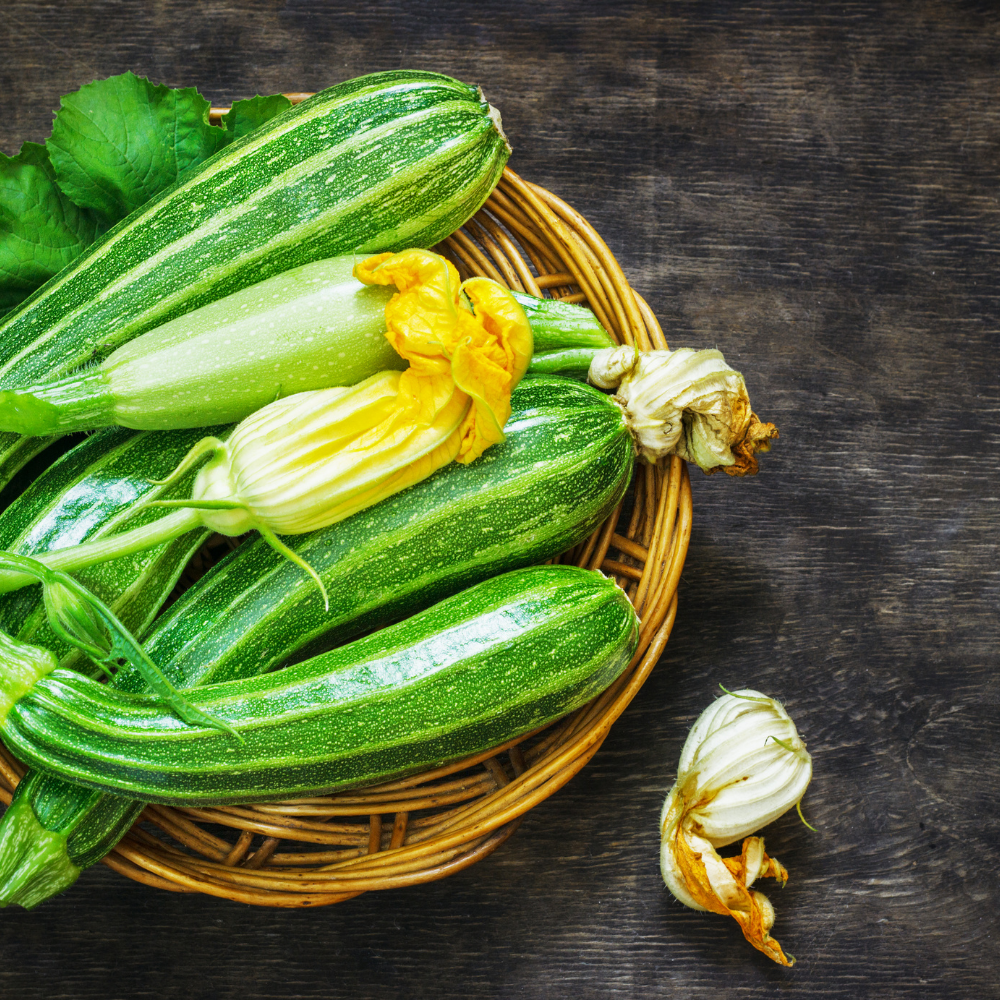.png?w=851)
Corn
Sweet corn is a warm-season crop and must be planted after the soil warms and there is no more danger of frost. If you have room, plant again when the first corn plants have three to five leaves. This usually takes 2 to 3 weeks. You will need 1 to 2 ounces of seed for every 100 feet of row. Do not use seed saved from last year’s sweet corn as these seeds will not grow a good crop. Sweet corn grows best when planted in several short rows instead of one long row. This makes it easier for the corn plants to pollinate, and good pollination is necessary for ears of corn to have plump, juicy kernels.
Corn can tolerate many soil types but prefers well-drained soils with a pH between 5.5 and 7.0. In sandy soils or soils with a low pH, corn may suffer from magnesium deficiency.
Source: agrilifeextension.tamu.edu
.png?w=851)
Pinto Beans
Plant pinto beans during the late fall, approximately 10 weeks before the first anticipated frost for late fall harvesting in Texas. Plant again in the spring after the last frost for early summer harvesting.
Avoid planting pinto beans during the hottest part of summer. Like many types of legumes, pinto beans suffer under the hot, Texas sun. Spider mites and Aphids live in many areas of Texas and cause damage to many types of plants. Look for signs of these pests by examining the underside of leaves for tiny red or brown bugs. These aphids feed on the underside of bean leaves. Yellow spots and tiny webs indicate the presence of spider mites.
Source: gardenguides.com
.png?w=851)
Peppers
Planting pepper plants depends on the frost date. As mentioned previously, the central Texas average frost date is February 21. This date varies from year to year.
To be safe, plant the pepper plants after all danger of frost is gone but keep frost cloth handy just in case.
Pepper plants prefer well-draining soil with a lot of organic matter. Central Texas soil differs from an area to another, so it is best to use raised garden beds filled with good quality soil.
Source: mygardenmyrefuge.com
.png?w=851)
Onions
Onions are a cool-season crop and can stand temperatures well below freezing. They may be planted from seeds, from small bulbs called sets, or from transplants.
Seeding costs the least but takes longer before onions are ready. When seeding onions for bulbs, plant them ¼ inch deep during October through December. Place the seeds 1 inch apart. When the plants are about 6 inches high, thin them to one plant every 2 to 3 inches. Eat the extra plants as green onions.
Work the garden soil only when it is dry enough not to stick to garden tools. Before seeding or transplanting, work the soil 8 to 10 inches deep.
Source: agrilifeextension.tamu.edu
.png?w=851)
Bravo Cabbage
Cabbage is a cool-weather crop. Grow cabbage in spring so that it comes to harvest before the summer heat or start cabbage in mid to late summer so that it comes to harvest during the cool days of autumn, winter, or early spring.
- Start seeds indoors 4 to 6 weeks before the last frost in spring.
- Place cabbage transplants in the garden when they are 3 to 4 inches (7-10cm) tall as early as 3 to 4 weeks before the last frost in spring.
- Direct sow seed outdoors when the soil can be worked in spring.
- In mild-winter regions, start seed in late summer for a winter or spring harvest.
- Grow cabbage in soil rich in organic matter that is well-drained. Prepare the planting beds ahead of planting by covering beds with 2 to 3 inches (5-7cm) of aged compost or commercial organic planting mix and turning it under to 12 inches (30cm) deep.
Source: harvesttotable.com
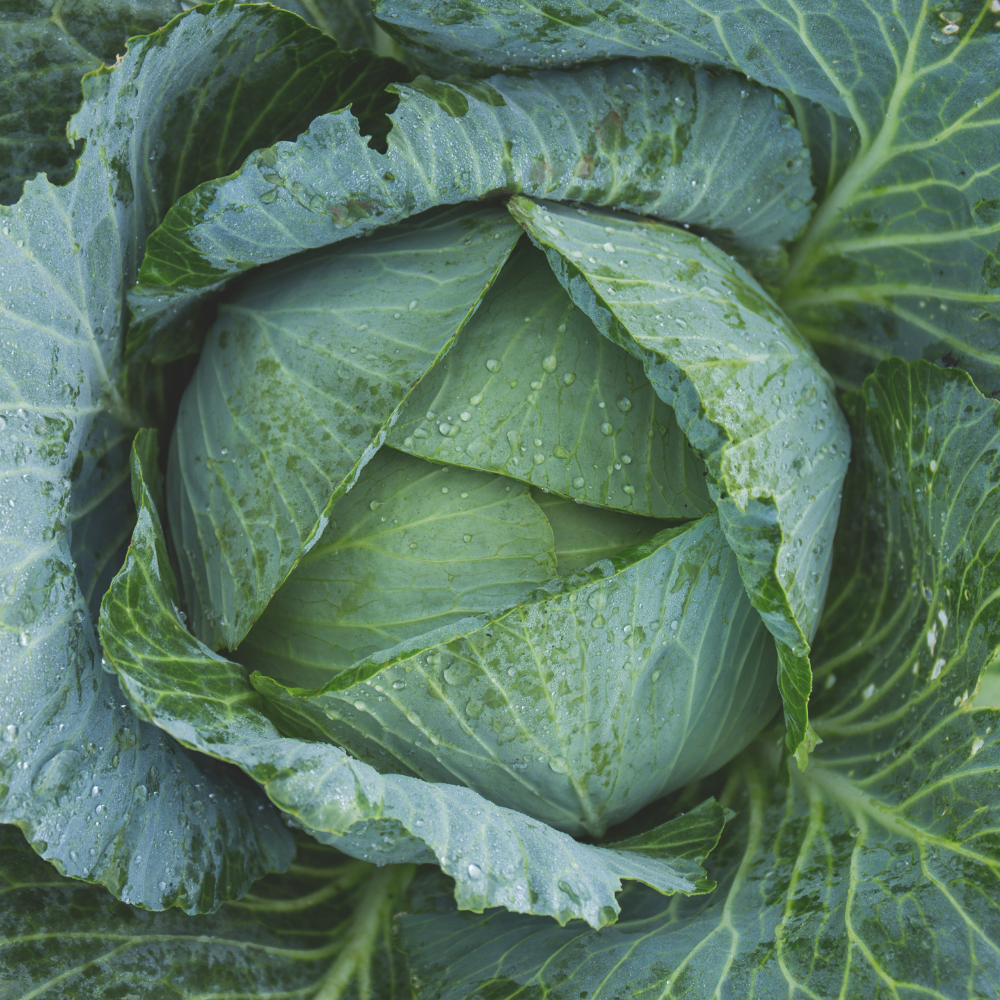.png?w=851)
Green Magic Broccoli
Green Magic is a hybrid which matures in 85 days from transplanting. It is a superb early variety that produces high quality, attractive smooth dome heads with tight green beads. Heads can weigh between 350-400 gm and has good resistance to white rust. It is a hybrid selection from Calabria strains. Three plantings may be considered: late August through mid-September, late September through mid-October, and a late planting for early spring around mid-February. Green Magic is the only broccoli selection for Central/South Texas that will perform successfully in early spring.
Source: bexar-tx.tamu.edu
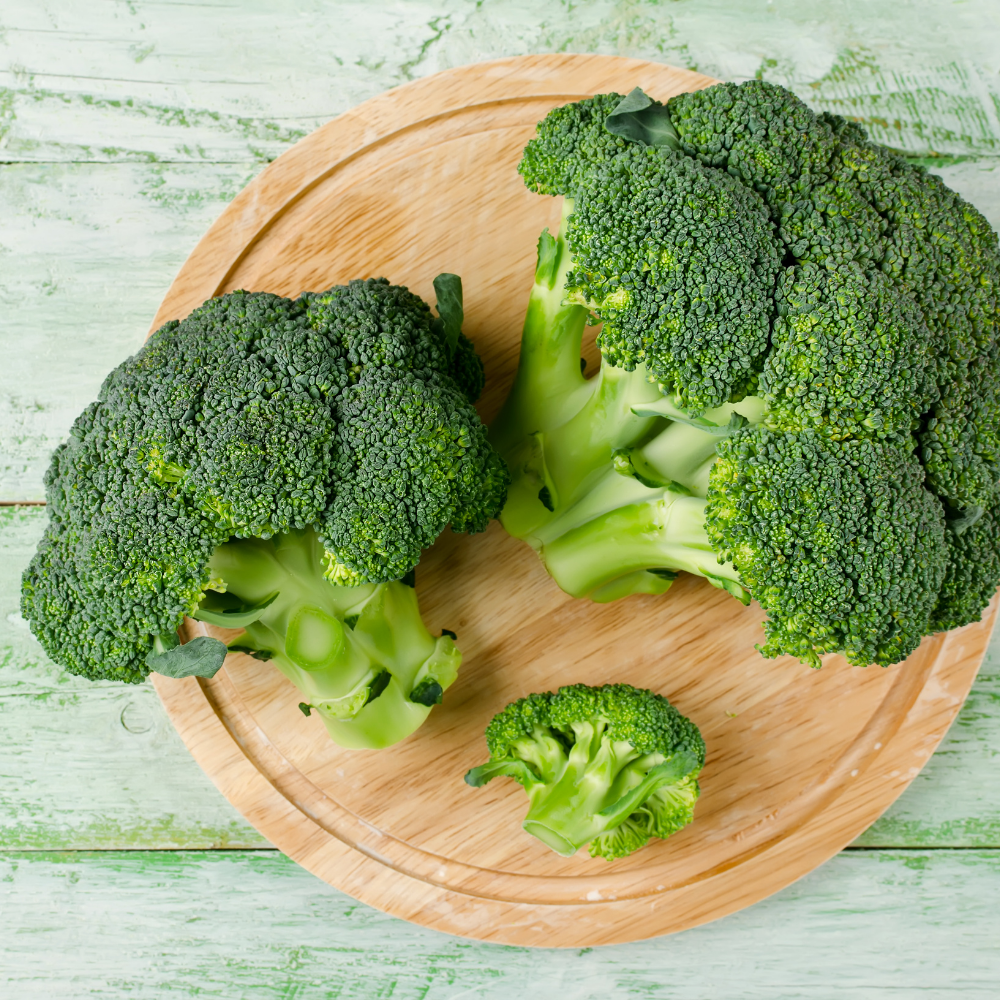.png?w=851)
Champion Radishes
Plant the seeds as soon as the soil can be worked in the spring. Using a hoe handle, stick, or similar object, make a furrow ½ inch deep down the center of the ridge (Fig. 3). Plant the seeds ½ inch deep and 1 inch apart in the row. Cover them lightly with loose soil, and sprinkle them with water. The plants should be up in 4 to 6 days.
Radishes can grow in partial shade, require very little room, and mature quickly. They are well suited to small gardens, flower beds, and containers.
Radishes need loose, well-drained soil to allow the roots to expand easily. If the soil is crusty, the roots become misshapen.
Source: agrilifeextension.tamu.edu
.png?w=851)
Red Sails Lettuce
Lettuces require 6 to 8 hours of sunlight, 6 to 8 inches of good, sandy soil, and 4 square feet of growing space. Lettuces sprout when temperatures are between 60-75 degrees. You can start planting lettuce in October and reseed through February. For cut-and-come-again varieties, begin by amending your soil with compost or lightly tilling in Microlife to prepare your soil. Then, broadcast the small lettuce seeds across the planting area, “tickle” the seeds into the soil—don’t pat—so that they are covered in a thin layer of soil, no more than 1⁄4 inch. Lastly, water in the seeds and keep soil moist while seeds are sprouting. For a continuous harvest of salad greens, sew seeds every three weeks.
Source: urbanharvest.org
.png?w=851)
Norland Potatoes
In central Texas, we are lucky to be able to grow potatoes twice a year. Plant at the end of summer ( Mid August- September) for mid-winter harvest. Then plant mid-winter, around January or February m for late spring harvest.
The second round is considered the main season crop since the harvest is usually bountiful. However, the summer round depends immensely on the summer heat. If the high temperatures extend through October, most likely, the crop will fail.
Plant your potatoes in a loose, well-draining soil rich in organic matter. You might sprinkle some slow-release fertilizer as potatoes are a hungry crop.
Source: mygardenmyrefuge.com
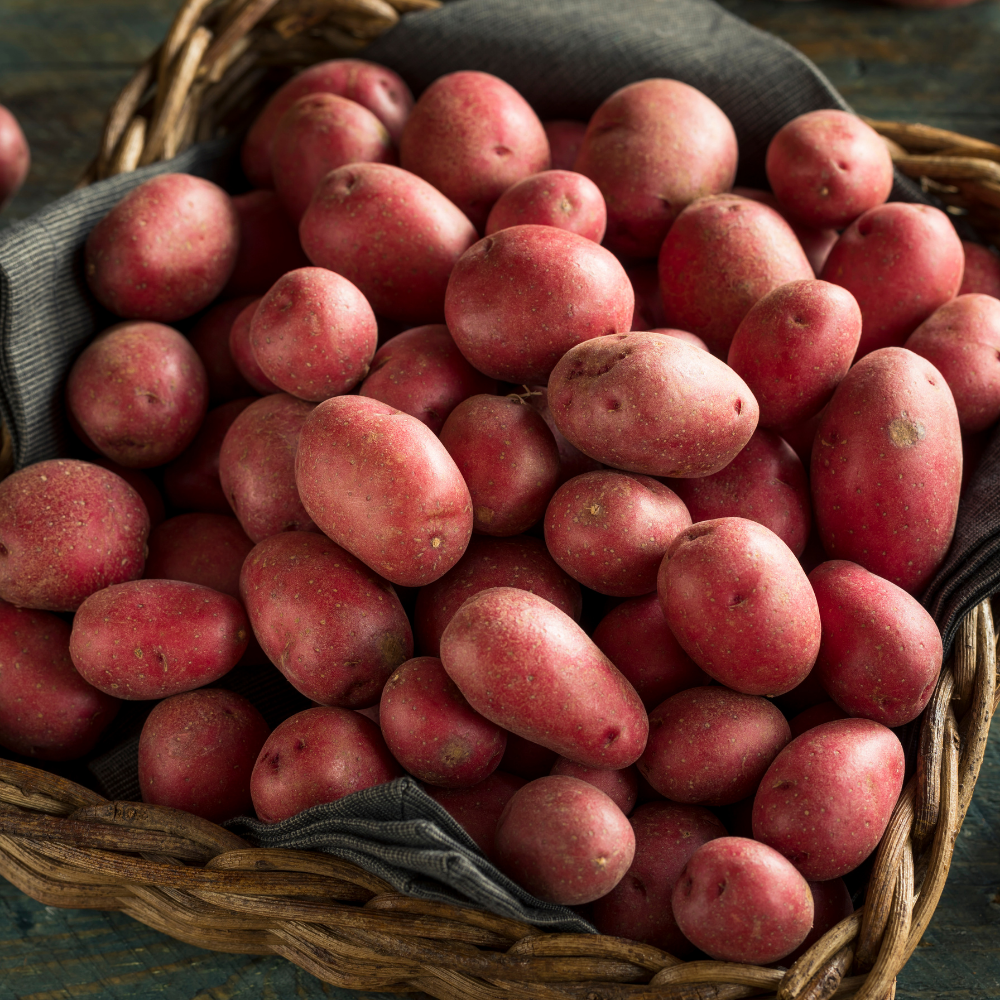.png?w=851)
California White Garlic
Prepare well-drained soil with compost. Garlic is forgiving with average garden soil. It does appreciate some woody compost mixed in. There’s a real kind of microbial or fungal kind of synchronicity that benefits the garlic if you use a woody compost.
Full sun. You don’t need a dedicated vegetable bed for garlic. Plant the bulbs among your other plants for its attractive winter foliage.
In Texas, garlic grows all winter long. Mid-October is ideal but you can plant even until early December. Mid-October is best, though.
Source: centraltexasgardener.org
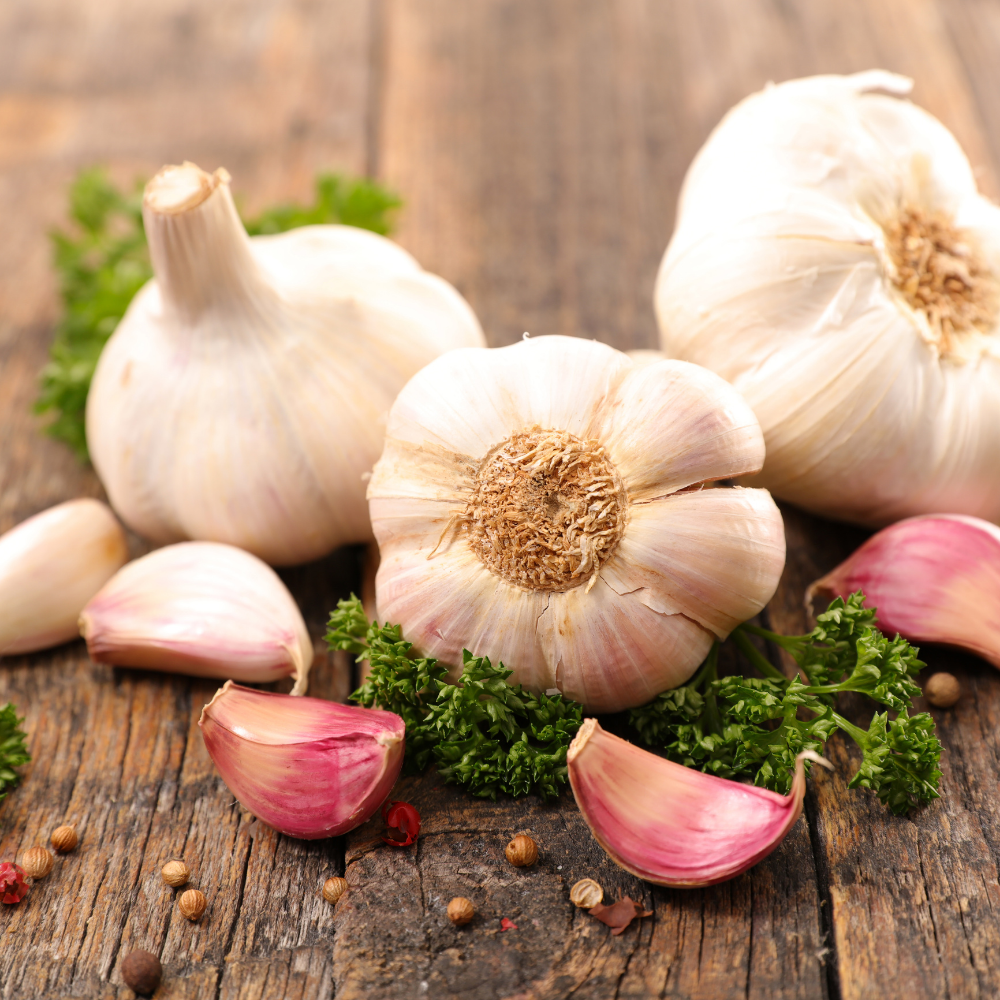.png?w=851)
Sweet Success Cucumbers
Cucumbers are warm-season crops, grow them in central Texas after all danger of frost has passed. Usually, that is around the last half of April.
To get the most out of the season, Texas gardeners grow cucumbers in two intervals. The first one starts in Spring, around April, for early summer harvest. Then the second planting happens in July for a fall harvest. Make sure to provide some shade and plenty of water during the second planting.
Cucumbers require fertile and well-draining soil. Amend heavy soil with compost to lighten it up. Leaf mold/ compost is a good amendment too.
Like many flowering plants, cucumbers need at least seven hours of direct sunlight to produce. However, in Texas, the sun is a bit too harsh, so afternoon shade is welcome.
Source: mygardenmyrefuge.com
.png?w=851)
.png)
.png)
.png)
